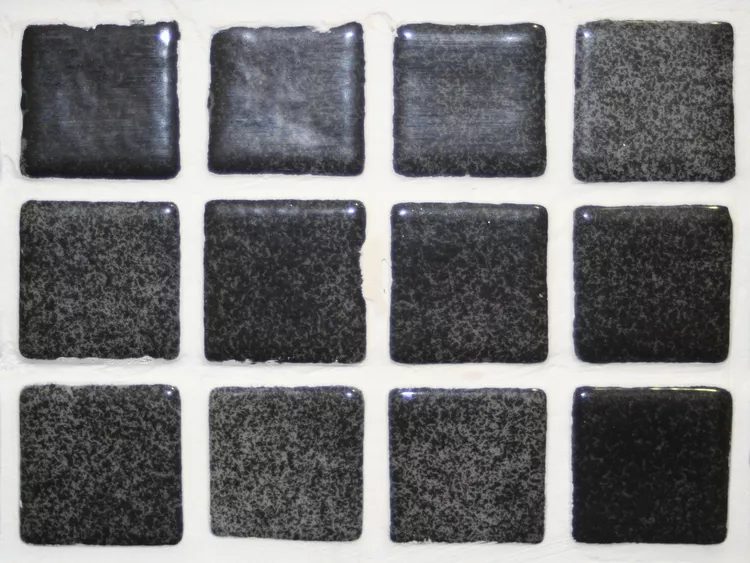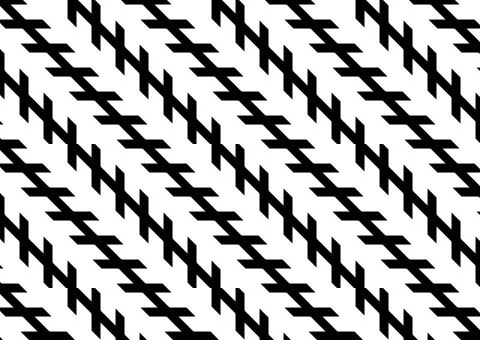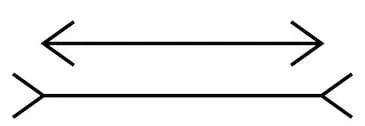The challenge of interpreting images on social media has heightened, leading many to grapple with a perceptive sight test. A newly shared photograph, widely disseminated within a Facebook group, has sparked confusion among viewers, with numerous mistaking its elements for Lego pieces.
Now No Cheating On This Sight Test – What Do You Think This Is?

Captured by a photographer from Hangzhou, Zhejiang Province, China, this captivating aerial snapshot has captured the attention of many. Initially mistaken for Lego blocks, the subject was keenly recognized by the photographer as dozens of retired buses housed within a secure compound. Despite its rapid online circulation, only a handful managed to correctly decipher the true identity of this intriguing sight upon first glance.
Talented At Capturing Illusions, The Same Photographer Managed To Do This

Moreover, the photographer has immortalized other mesmerizing vistas within the area. Particularly noteworthy is a breathtaking aerial perspective of Hangzhou National Park in Zhejiang Province, revealing the harmonious arrangement of its verdant foliage and enchanting spectators with its innate splendor. In an era marked by limited travel opportunities and canceled vacations, the profound ability of imagery to whisk us away to far-off destinations remains undeniable.

A playful social media update pairs a boat with a cheesecake, sparking thoughts on desires and emphasizing the yearning for travel experiences despite current limitations. The enduring appeal of adventure and discovery shines through in the creative imagery circulating on platforms such as Facebook and Instagram.
If optical illusions are your thing, here are a few more to ponder over.
The Hermann Grid Optical Illusion

The Hermann Grid illusion occurs when you perceive gray dots at the center of intersections between lines. However, when you focus directly on one dot, it appears to vanish or change color. There are various interpretations regarding why this phenomenon occurs. One theory, known as lateral inhibition, suggests that the brightness of the lines causes nearby cells in the eyes to adjust their response to light. However, recent evidence indicates that this explanation might not be comprehensive.
An alternative theory, S1 simple-cell theory, proposes that specific cells in the brain's visual center react to particular visual stimuli. Support for this theory stems from the observation that the illusion persists regardless of the grid's size or color variations.
Consequently, the occurrence of the Hermann Grid illusion reflects not only the functioning of the eyes but also the brain's processing of visual information. Researchers continue to explore the underlying mechanisms behind illusions like the Hermann Grid, contributing to our understanding of how the brain interprets the surrounding environment.
The Zollner Optical Illusion

At times, an image's backdrop can sway how the mind interprets it, as seen in the Zollner illusion. Extended exposure to this illusion might even trigger a sense of unease. It occurs due to the angles of shorter lines relative to longer ones, tricking the brain into detecting depth where there is none in the image.
The Muller-Lyer Optical Illusion

Here's a classic puzzle that confounds many: Do you think one line looks longer than the other? Interestingly, both lines are actually the same length. This puzzling phenomenon is called the Muller-Lyer Illusion. Scientists have proposed various explanations for why it tricks our brains.
One idea suggests that our brains often mix up information about size and distance. Usually, we're good at judging an object's size based on how far away it seems. But with flat images like this, our brains can get confused.
Another theory proposes that our brains get fooled by clues suggesting depth. Depending on whether the line endings point in or out, our brains might see one line as longer. Additionally, the way the whole figure is set up can also mess with how we perceive line lengths.



